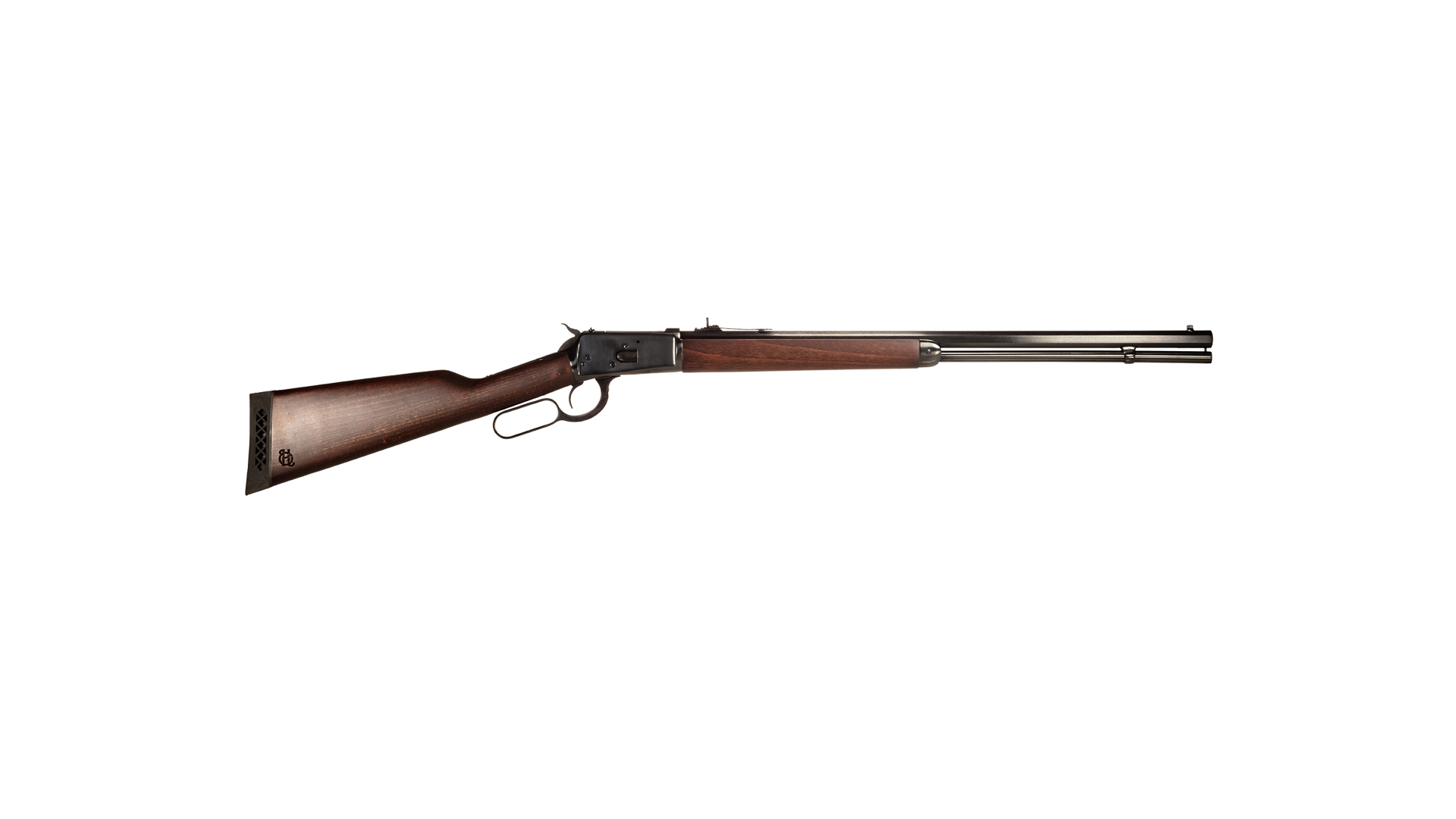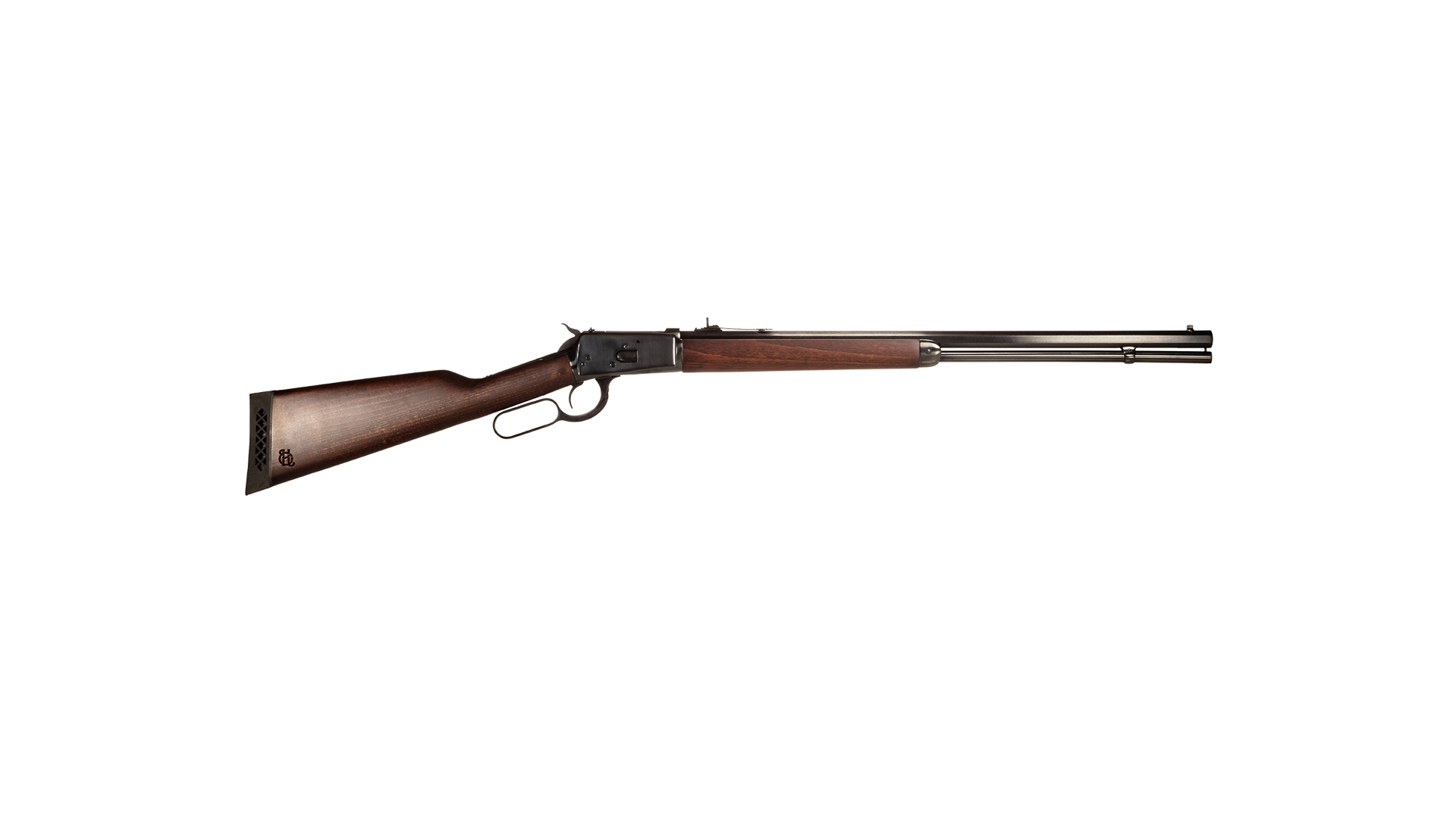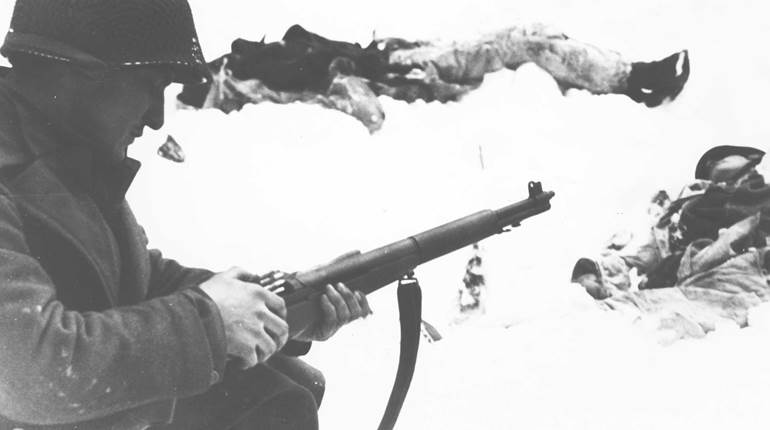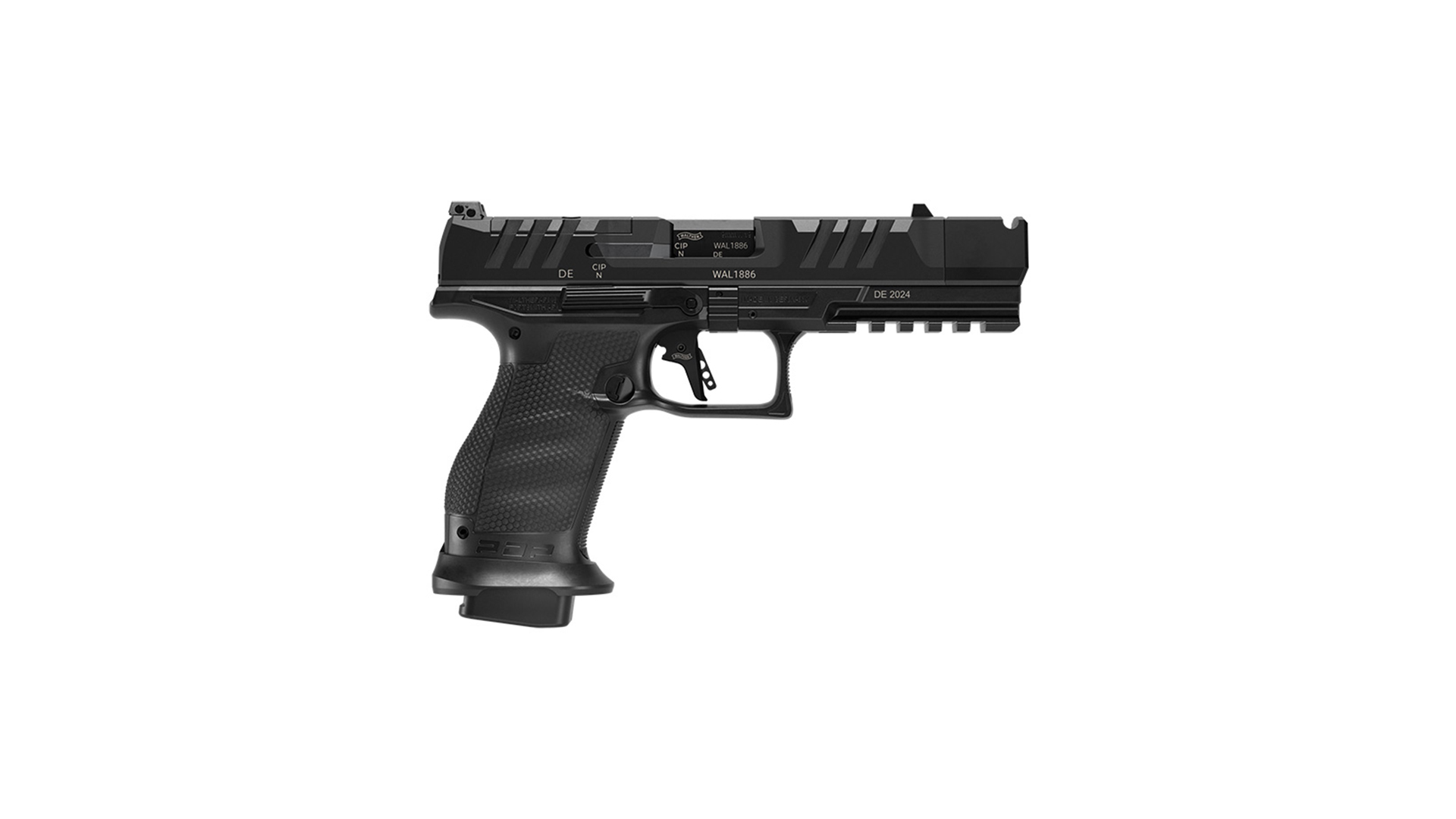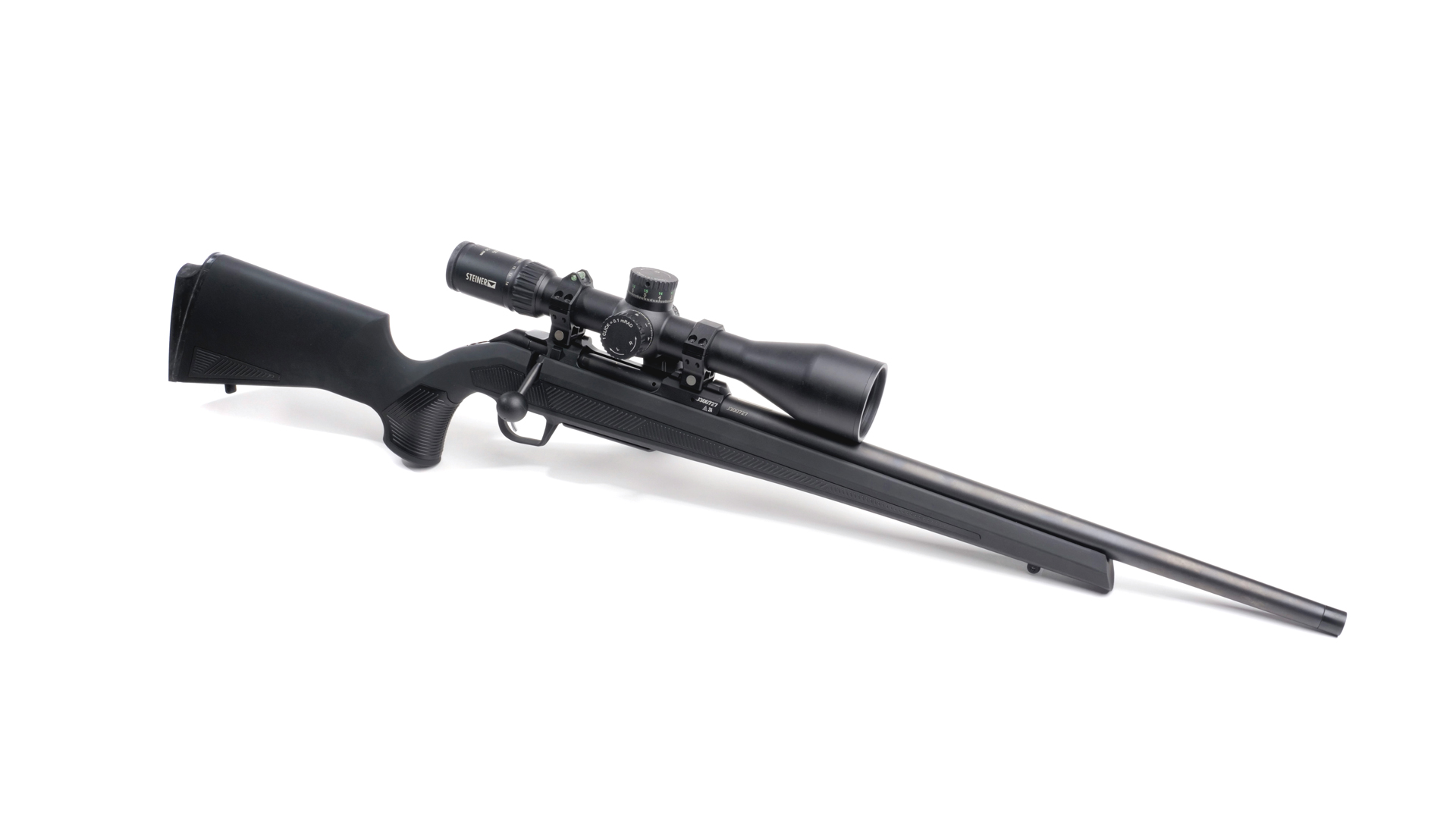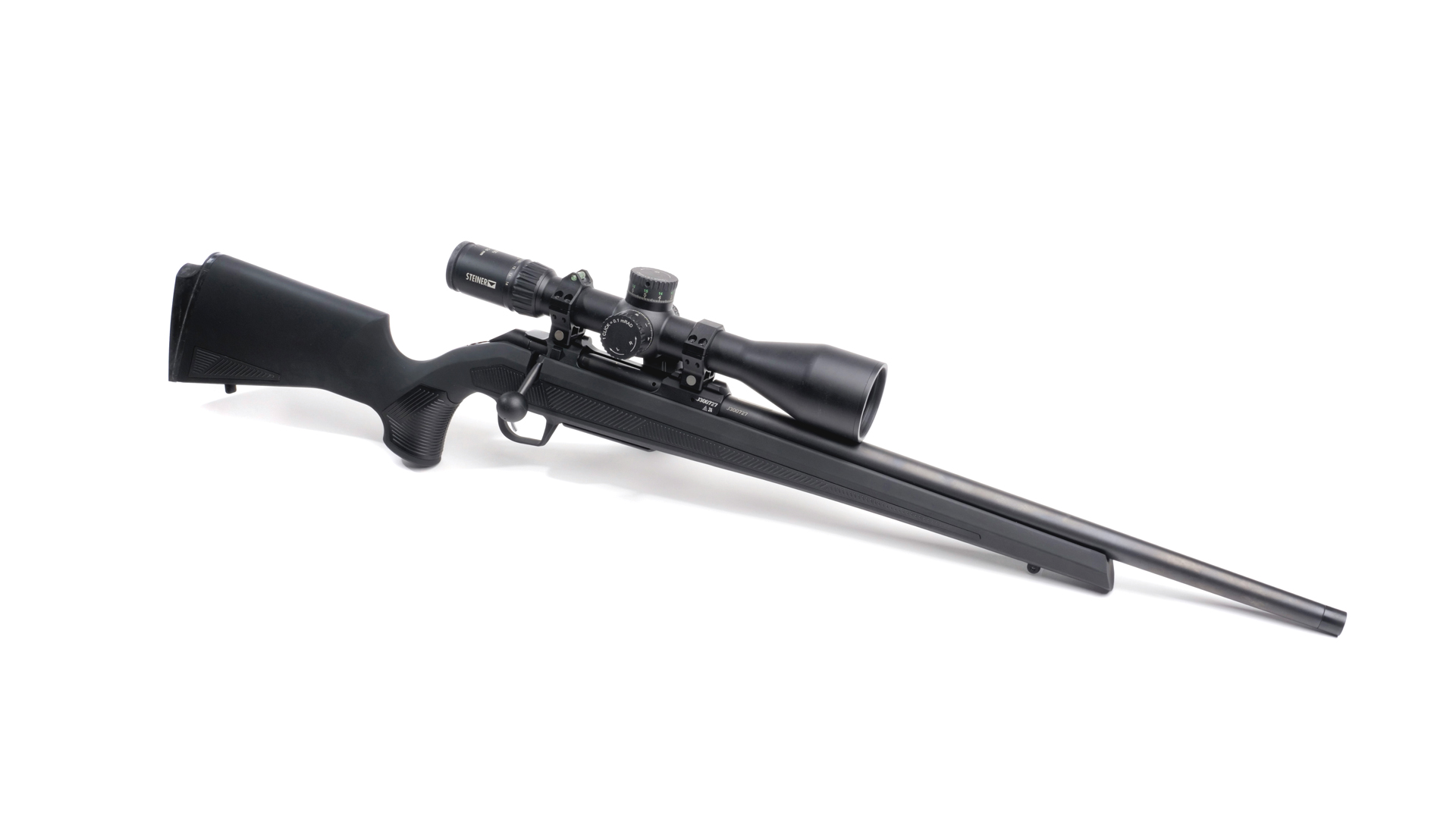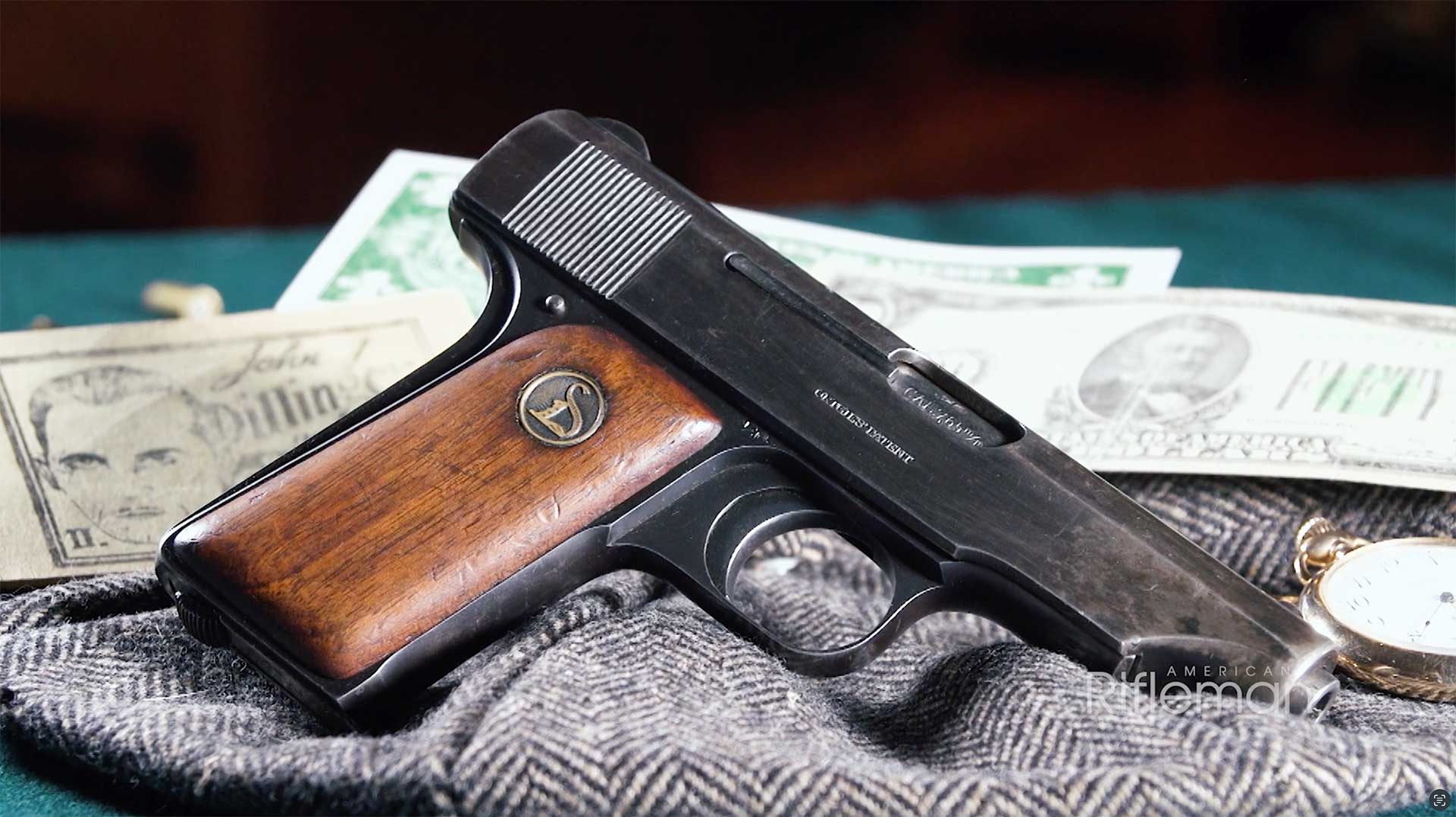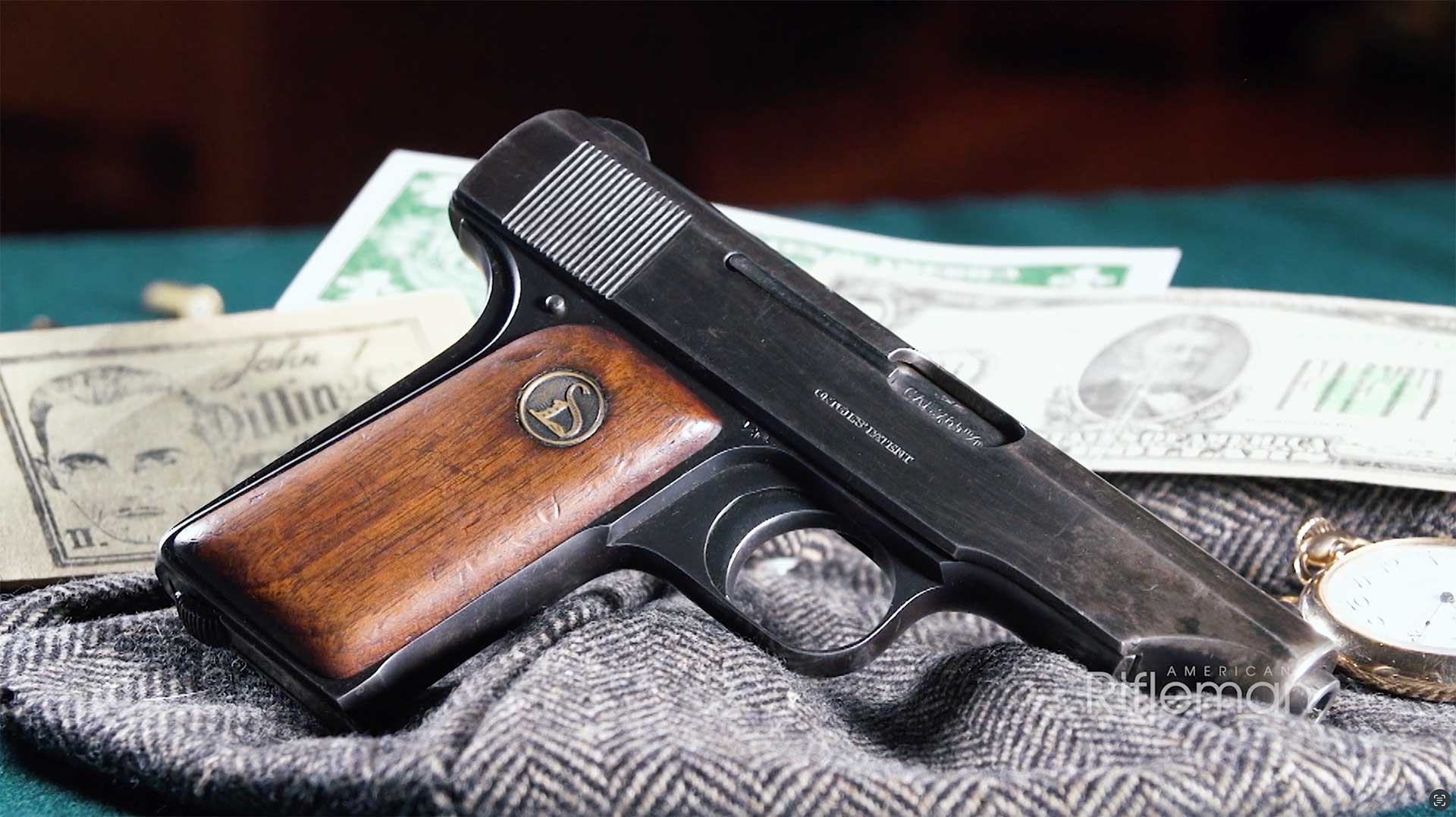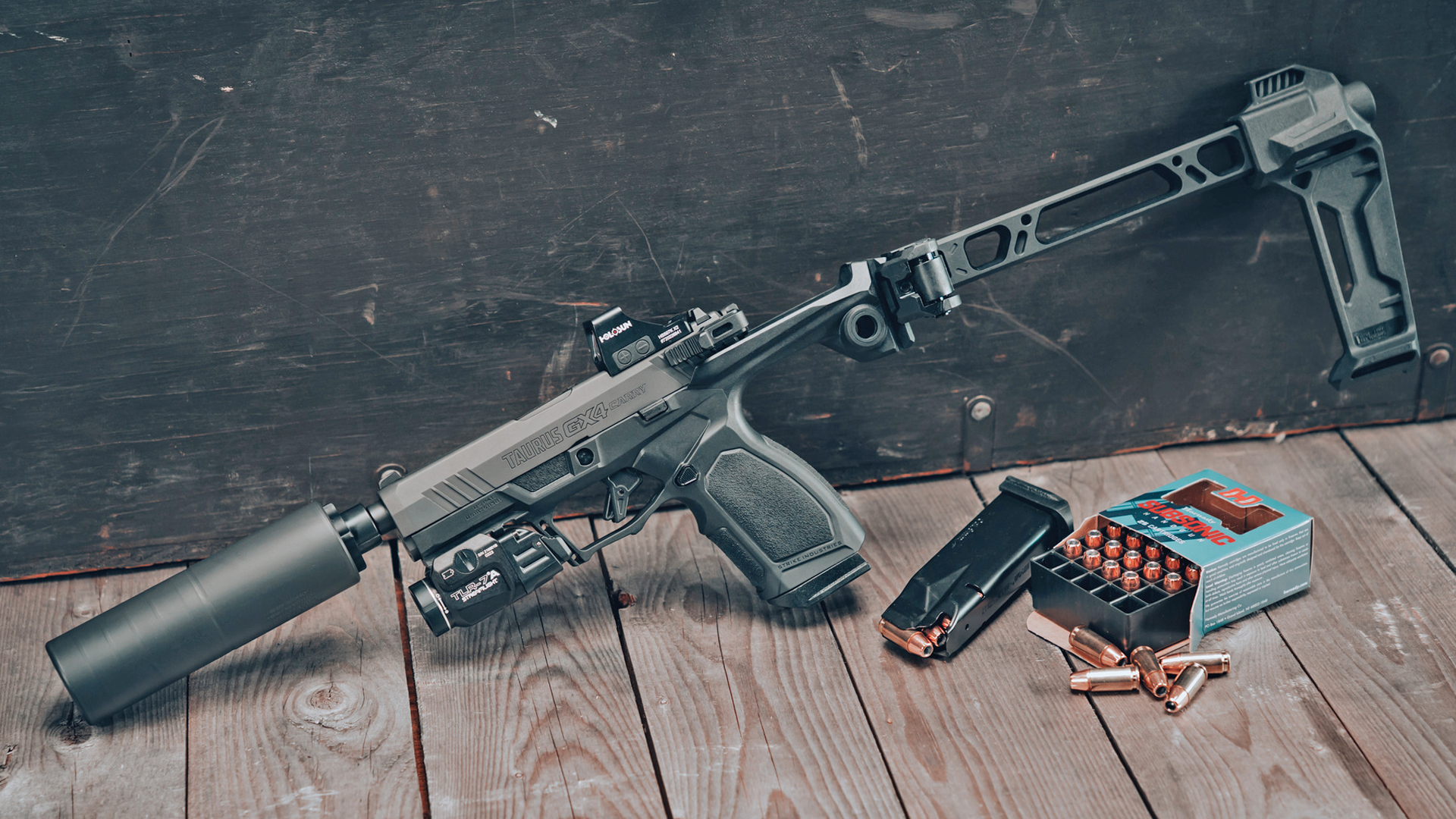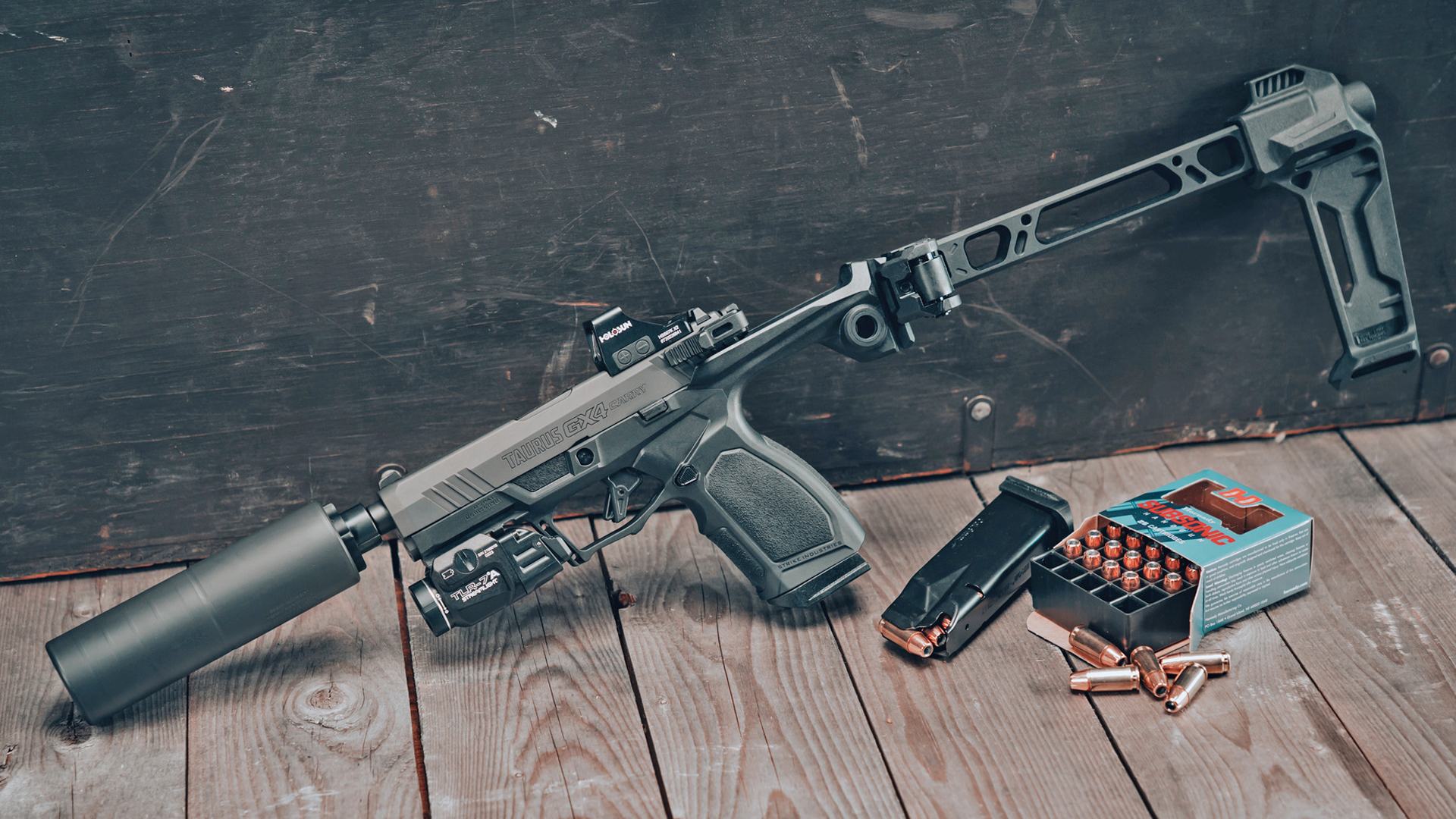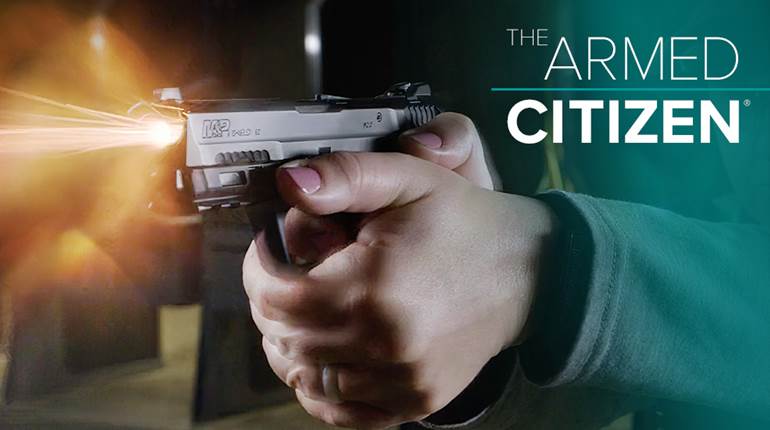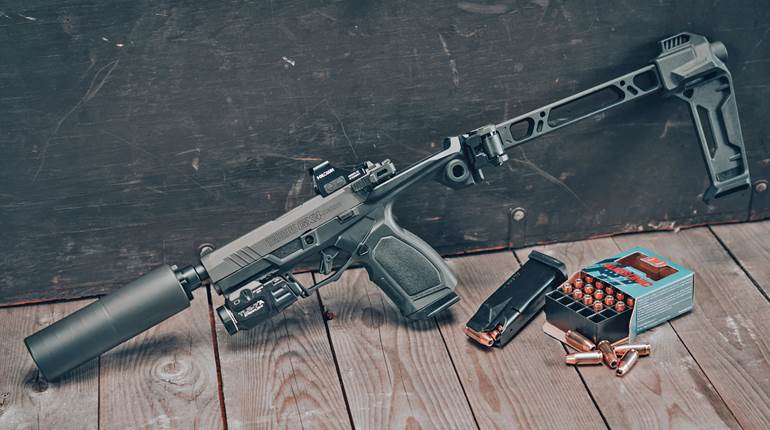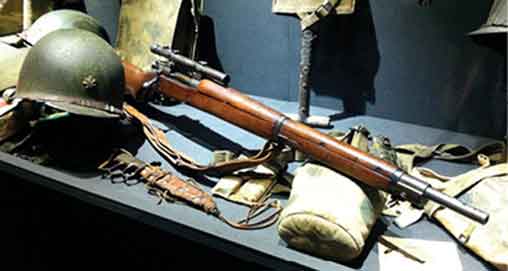
When the Battle of the Bulge raged across Belgium and Luxembourg in late 1944 and early 1945, it scarred a beautiful landscape and forever changed the people who lived there. During the seven decades that have passed since then, the ghosts of the fallen have haunted those forests, leaving powerful memories that remain fresh to this day. The fighting that unfolded there during 45 days of combat has not been forgotten despite the fact that fields are harvested, roads are widened, and life goes on. The many memorials that dot the 1,250 square miles/804,360 acres of this battlefield are reminders of its violent past. Sure, you will find gas stations, grocery stores and fast food restaurants adjacent to sites where young American and German soldiers shivered in the deep cold, stood their ground, and lost their lives, but you will also find museums that present their stories to the 21st century.
Those museums combine individual accounts with big-picture context in compelling ways for both specialists and those learning about the battle for the first time. For anyone interested in military history, the Ardennes is a unique place of pilgrimage. Here, you can walk in the footsteps of American fighting men who battled their way across frozen ground in the bleak mid-winter against a vicious enemy who still had lots of fight left in him.
For anyone interested particularly in the firearms used during the Battle of the Bulge, a handful of museums located in Luxembourg and Belgium display artifacts that you will never see anywhere else. Because this epic battle rolled across countryside inhabited by civilians, the rifles, pistols and machine guns left behind afterward were occasionally deposited in barns and tool sheds. In the decades after the war's end, they were bought, sold, traded and handed down, creating a sort of time capsule of the winter of 1944-1945.
One such museum is the relatively new Baugnez '44 Historical Center in southern Belgium, which houses outstanding displays featuring firearms and the accessories that go with them. For example, one case features an MP44, an MP40 and every variation of magazine pouch the Germans made for them. On the other side of the room, an MG34 sits on its maschinengewehrlafette recoil buffered mounting system in a glass case that allows you to see both sides of the machine gun. A video monitor above the display plays a German MG34 training film that demonstrates the proper methods for loading, firing, changing barrels and clearing stuck cartridge cases. You may have seen MG34 displays before, but few are as engaging or evocative as this one.
Click here for a "Guns of the Battle of the Bulge" Photo Gallery.
Just outside of the museum is the Baugnez crossroads-a place that is now infamous because of what happened here on the second day of the battle. At about 1 p.m. on Sunday, Dec. 17, 1944, an element of the 1st S.S. Panzer Division's Kampfgruppe Peiper gunned-down 86 prisoners from the U.S. Army's 285th Field Artillery Observation Battalion. Although the massacre occurred in a field at the Baugnez crossroads, it has always been associated with the name of the larger city just two miles to the northwest: Malmedy. A memorial listing the names of all of the victims of this atrocity is just across the street from the field where the crime was committed. The fact that nothing has ever been or ever will be built on that soil is a haunting tribute to the men whose lives ended there that fateful day. Although U.S. prisoners were executed in several other towns and villages during the opening days of the Battle of the Bulge, the infamous "Malmedy Massacre" is unforgettably etched into the historical memory of World War II, and few places present a more powerful reminder of the sacrifice the United States of America made during that battle.
Just 15 miles to the west of Baugnez is another museum, one that tells the story of what eventually became of the German force responsible for the Malmedy Massacre. The next day (Monday, December 18), Kampfgruppe Peiper reached the village of Stavelot, a day behind schedule, only to find stubborn American defenders there. Seeking a spot to get their vehicles across the Amblève River, Peiper's force then proceeded to the town of Trois Ponts where retreating U.S. Army combat engineers had already destroyed both bridges over the Amblève there. The Germans then pushed on to the town of La Gleize where they struggled against several U.S. units, one of which was the battle-hardened 30th Infantry Division.
Musée December 1944, now located in the town's old presbytery, displays a number of artifacts left behind on the battlefield by troops from that division, and one will impress anyone interested in M1 Garand service rifle. Sure, you can buy an M1 in the U.S.-they are abundant and still somewhat affordable-but any Garand available in the States will most likely have been rebuilt and modified. Although parts of it may have fought one of World War II's many battles, you will not necessarily know which one(s). But at Musée December 1944 you can see an unmodified Springfield M1 Garand that was used in La Gleize by a U.S. Army soldier from the 30th Division during its struggle against the Peiper's task force from the 1st S.S. Panzer Division. Although we do not know that soldier's last name or his serial number, we do know that he went by the nickname "Scottie" because he carefully carved those letters into the rifle's stock. A 100-percent-original, "as built" M1 rifle like "Scottie" is a rare enough commodity in and of itself, but one that has direct provenance connecting it to a specific World War II battle is priceless.
In an exhibit case just a few feet away from "Scottie" is another personalized U.S. service rifle that is sure to attract the attention of any gun collector or firearm enthusiast: a Remington M1903A4 sniper rifle with "W. Faucett" carved into the wood of the right side of the stock forward of the front barrel band. Complete with its original M73B1/Weaver 330C 2.5X scope, this rifle was found between Stoumont and Targnon-an area that was the scene of desperate fighting as Kampfgruppe Peiper attempted to follow the Amblève toward the town of Remouchamps, where more bridges offered river crossings that might still make it possible to reach the Meuse River bridges at Liège. In the end though, Peiper could not make headway against the stubborn U.S. units that stood in his way beyond Stoumont. So, on December 24, he was forced to escape on foot with 800 of his men after abandoning 135 vehicles in the fields around La Gleize.
Although Scottie's M1 Garand and W. Faucett's M1903A4 are certainly impressive and noteworthy artifacts, the most striking artifact on display at Musée December 1944 is the one that greets you when you round the bend in the road leading into La Gleize. There, guarding the museum's main entrance, sits No. 213-a German King Tiger tank. This 140,000-lb. armored monster was under the command of Obersturmführer Helmut Dollinger on Dec. 21, 1944, when it was disabled and abandoned at the Werimont farm just outside of town after a sharp engagement with vehicles from the U.S. 3rd Armored Division. It's not every day that you get to see a King Tiger, so No. 213 may be the most memorable thing to see at a museum packed full of interesting things.
Just 28 miles to the south of La Gleize is another historical display featuring some of the guns that fought the Battle of the Bulge. In a former Belgian Army barracks complex on the outskirts of the crossroads town of Bastogne, a group of determined volunteers has created an engaging exhibit in the same building where one of the most famous moments of the battle happened. By Dec. 21, 1944, three divisions from the German XLVII (47th) Panzer Corps had surrounded 10,000 American troops in a perimeter around the city. The following day the German Corps Commander, General der Panzertruppe Heinrich Freiherr von Lüttwitz, sent a note through the lines demanding the surrender of American forces in Bastogne, threatening to "annihilate" them should they refuse. When that note reached the ranking U.S. officer present, Brig. Gen. Anthony C. McAuliffe of the 101st Airborne, he replied succinctly: "To the German Commander, ‘Nuts!' The American Commander." Today, you can stand in the room where Gen. McAuliffe issued this well-known response because the entire building has been transformed into a museum. The volunteers responsible for this have also contributed artifacts from their personal collections to the display, many of which were found during relic-hunting expeditions around the area. These expeditions yielded M1s, Gew43s, MP44s, MG42s, and piles of small arms ammunition, magazines, grenade launchers, spare machine gun barrels and en bloc clips-literally piles! They even display a U.S. M3 submachine gun alongside the item that provided its nickname-a "grease gun" from an auto shop, and the resemblance is startling.
Although the Christmas holiday was tense for the U.S. Army soldiers in Bastogne, on Dec. 26, 1944, elements of Gen. George Patton's 4th Armored Division reached the perimeter around the city. Determined U.S. resistance had prevented a critically important crossroads from falling into German hands, and an important turning point in the Battle of the Bulge had been reached. For 70 years now the successful defense of Bastogne during that week-long siege has cast a long shadow over our collective memory of the Battle of the Bulge. While it makes perfect sense for this inspiring moment of American fighting spirit to shine so brightly, the ill-fated stand of the 28th Infantry Division should be remembered with at least equal billing. Each of the German divisions that participated in the encirclement of Bastogne had to first move across northern Luxembourg to get there. In the months before the battle, the area had been referred to as, "the quiet paradise for weary troops," but that changed on Saturday, December 16, 1944, when the Germans attacked. With Bastogne a mere 20 miles to the west, the 5th Panzer Armee crossed the Our River, slammed into the greatly outnumbered maneuver battalions of the 28th Division, and turned the northern half of Luxembourg into a raging battlefield. Although these German units ultimately overwhelmed the Americans, it was only after a delay of three days-a delay that made it possible to reinforce the city of Bastogne. In this critical way, the U.S. Army units that stood and fought in Luxembourg made a critical contribution to the outcome of the battle.
Luxembourg's role in the Battle of the Bulge is presented in Musée Nationale d'Histoire Militaire-the National Museum of Military History in the city of Diekirch. Here, the story of occupation and liberation is told in the halls of an old brewery using traditional displays as well as the most impressive 1:1 scale dioramas you will ever see. The exhibits in this museum feature photographs, uniforms, equipment, and a truly exceptional collection of 20th century martial firearms. The guns populating the mannequin dioramas include multiple examples of just about every type and variation that armed Allied and Axis troops during World War II. But in addition to displaying its gun collection in the context of full-scale immersive environments, the museum also includes "room 15" on the second floor. This is a comprehensive display of rifles, pistols, machine guns, grenade launchers, land mines and ammunition measuring more than 900 sq.-ft. in size, and it is sure to amaze anyone interested in the small arms that fought World War II. Practically every small arm you can imagine is represented here: from the FP-45 "Liberator" pistol to the Fallschirmjägergewehr 42 select-fire battle rifle, "room 15" does not disappoint. But it does not stop there.
Musée Nationale d'Histoire Militaire covers two centuries of the history of l'Armée Luxembourgeoise (Luxembourg's Armed Forces), so all of the obsolete military firearms no longer in active service have been deposited there. This has created not just one of the largest collections of World War II firearms in Europe, but also a uniquely interesting collection of military guns from the 1950s and 1960s. While a few examples of such guns are on display in the museum's exhibits galleries, the rest are stored in a vault in the basement. This basement armory is not open to the public, so very few people have a chance to inspect the items stored there. But during a recent visit to Diekirch American Rifleman Television personnel were given a tour of this part of the facility.
The guns of the Battle of the Bulge are present in great numbers in the vault at Musée Nationale d'Histoire Militaire, and the site of it all can be overwhelming. The vault's wall racks also hold MP40 submachine guns, Sten submachine guns, M3 submachine guns M1 Garand rifles, M1 Carbines, kar.98k Mauser carbines, MG42 machine guns, and several dozen MP44 Sturmgewehr assault rifles. Very few museum collections curate as many of the most famous infantry weapons of World War II, and that is something that makes the quiet little community of Diekirch worth a visit.
Every year, millions of tourists travel to other countries just to drink wine, taste regional cuisine, or experience the local music scene. Firearm enthusiasts and collectors travel abroad, too, and as long as that is the case, the museums dedicated to the Battle of the Bulge in Belgium and Luxembourg represent a fulfilling destination.









